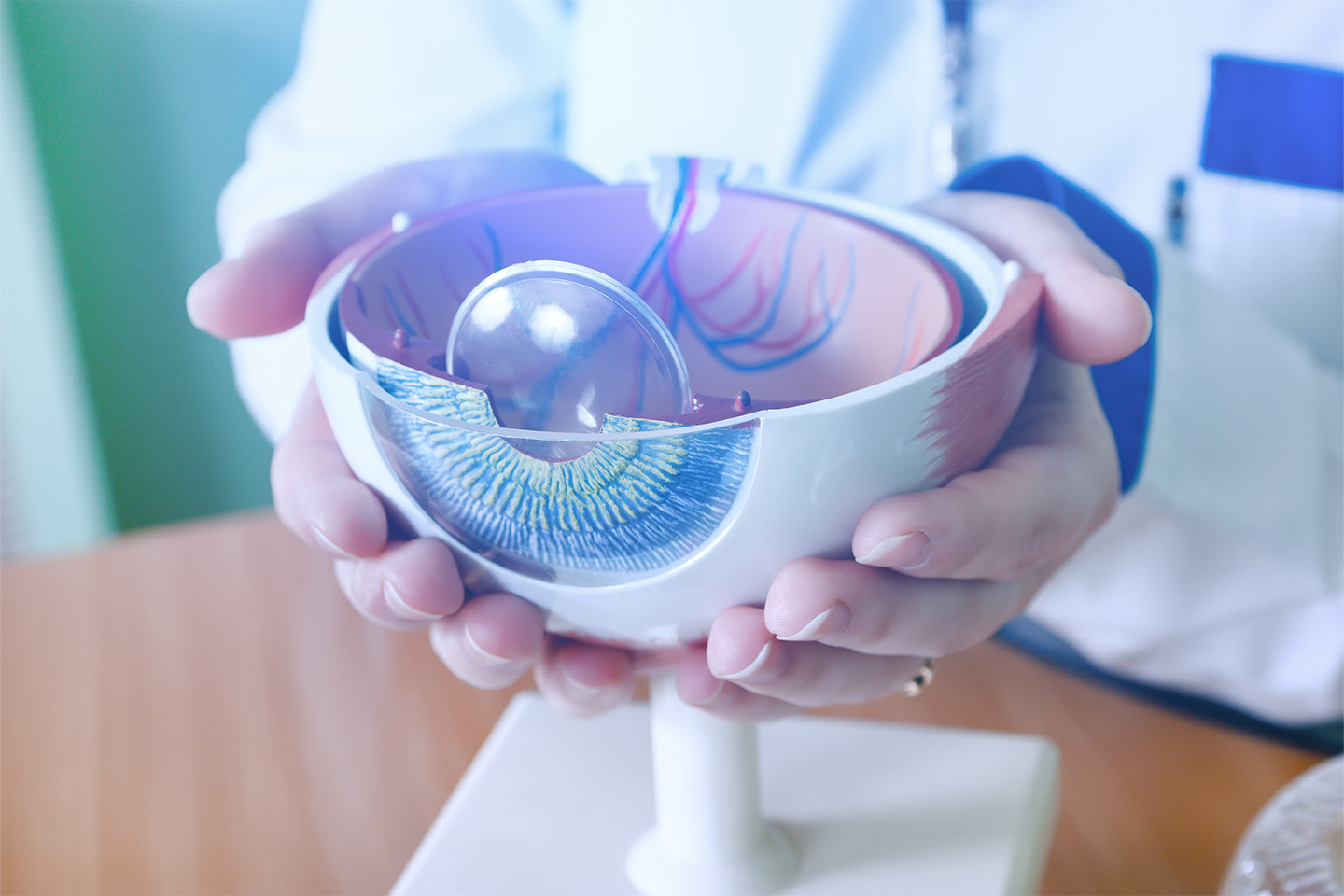Can You Really Get Glaucoma in Your 20s?

When we think of glaucoma, the image of senior adults may come to mind. However, this sight-stealing disease can affect people of all ages — including infants, children, and young adults.
What Is Glaucoma?
Glaucoma is a group of eye disorders characterized by damage to the optic nerve, which is vital for sending information from the eye to the brain to create visual images. There are different types of glaucoma; the most common in the United States is open-angle glaucoma. This condition’s underlying cause is unknown, but elevated intraocular pressure (IOP) is often associated with open-angle glaucoma. A fluid called aqueous humor can build up in the eye, increasing IOP and damaging the optic nerve. Glaucoma is commonly dubbed “the silent thief of sight,” because it often develops slowly with no noticeable symptoms until irreversible damage has occurred in advanced stages.
Glaucoma in Younger Populations
Glaucoma is one of the leading causes of blindness in adults over age 60, but younger individuals can develop the condition, too — albeit much less frequently. This is called pediatric glaucoma, and there are a few different types. Primary congenital glaucoma, also called PCG or congenital glaucoma, is a rare genetic condition that affects newborns, infants, and children up to the age of 3. Juvenile open-angle glaucoma (JOAG) is also rare and presents in young people between the ages of 3 and 35. Genetic mutations play a role in both PCG and JOAG, causing developmental abnormalities that affect the eye’s ability to drain fluid properly. Young people can also develop secondary glaucoma, which can be caused by trauma to the eye, other underlying medical conditions, or certain medications.
Symptoms of Pediatric Glaucoma
Recognizing glaucoma in its early stages can be challenging, especially in younger audiences who may not expect to face vision concerns and know when to address potential signs.
Symptoms of pediatric glaucoma in infants may include:
- A cloudy cornea
- An enlarged eye and cornea
- Excessive tearing, or tears when not crying (infants)
- Increased blinking (infants)
Children, teens, and young adults may experience:
- Light sensitivity
- Blurred vision
- Worsening nearsightedness
- Peripheral vision loss
- Halos around lights, especially at night
- Headaches or eye pain caused by increased IOP
Importance of Preventive Measures and Early Detection
There is no cure for glaucoma, so early detection is crucial for managing the condition. A comprehensive eye exam, also called a medical eye exam, is the only way to diagnose glaucoma. These exams measure IOP, assess the health of the optic nerve, and test visual field and acuity. Routine exams are important for everyone but especially younger individuals with a family history of glaucoma or other risk factors.
Treatment Options for Glaucoma in Younger Patients
Early intervention and prompt treatment can help slow or stop glaucoma’s progression and prevent further vision loss. Treatment for pediatric glaucoma depends on the type and severity. Surgery is often the first treatment option for infants and younger children, and standard procedures include a goniotomy, trabeculectomy, or tube shunt implantation — all of which enable the fluid to drain more effectively from the eye. Oral medications or prescription eye drops can also help alleviate IOP and prevent damage to the optic nerve.
Set Your Sights on Healthy Eyes with Kleiman Evangelista Eye Centers
Glaucoma is a serious eye condition that can affect individuals of all ages, including children and young adults. The expert team at Kleiman Evangelista Eye Centers of Texas provides industry-leading care using the latest advanced technology and techniques. We make your eye health our priority and are committed to your safety, comfort, and quality outcomes. Request an appointment for yourself or your child today.
[DISPLAY_ULTIMATE_SOCIAL_ICONS]








